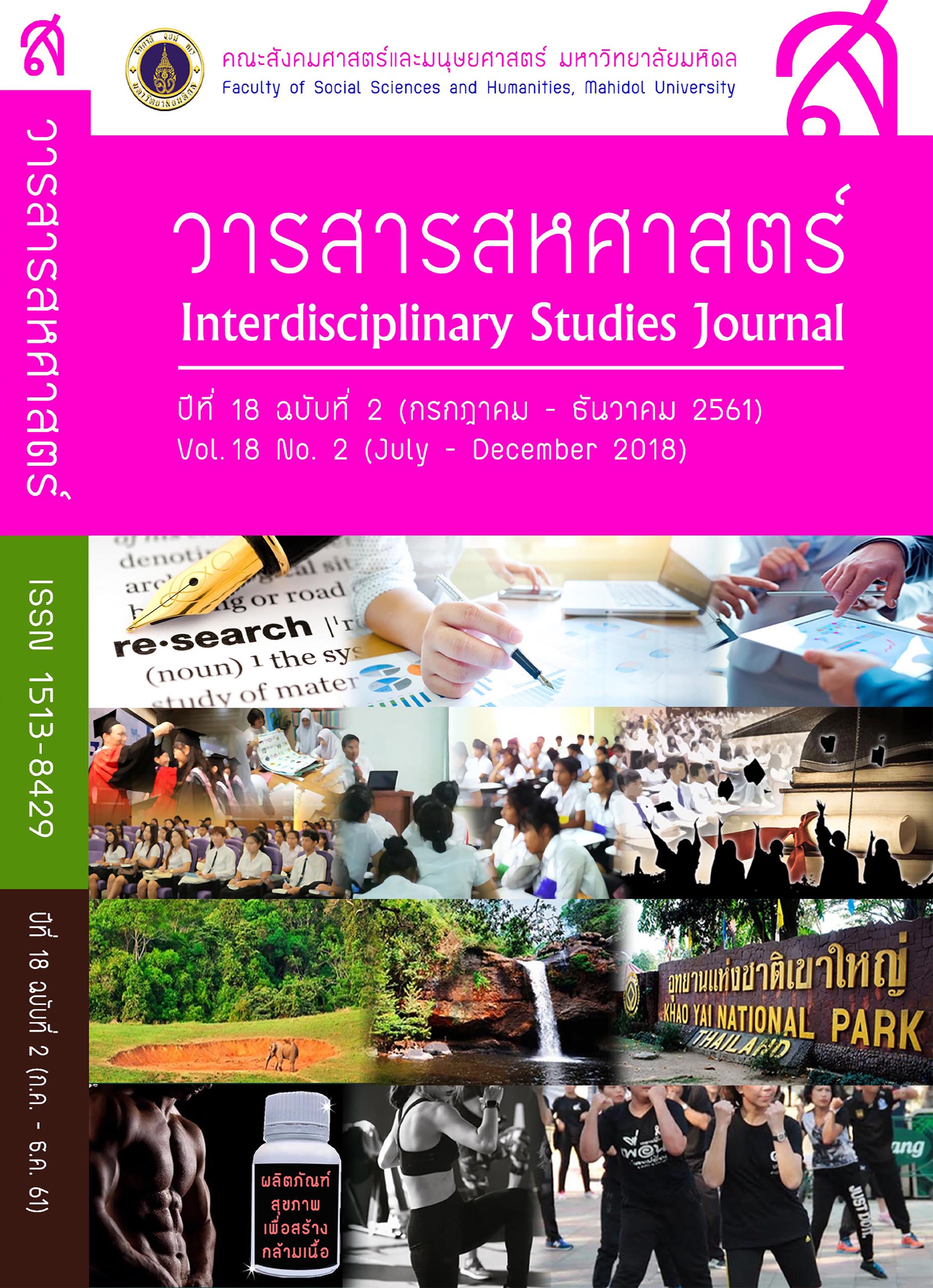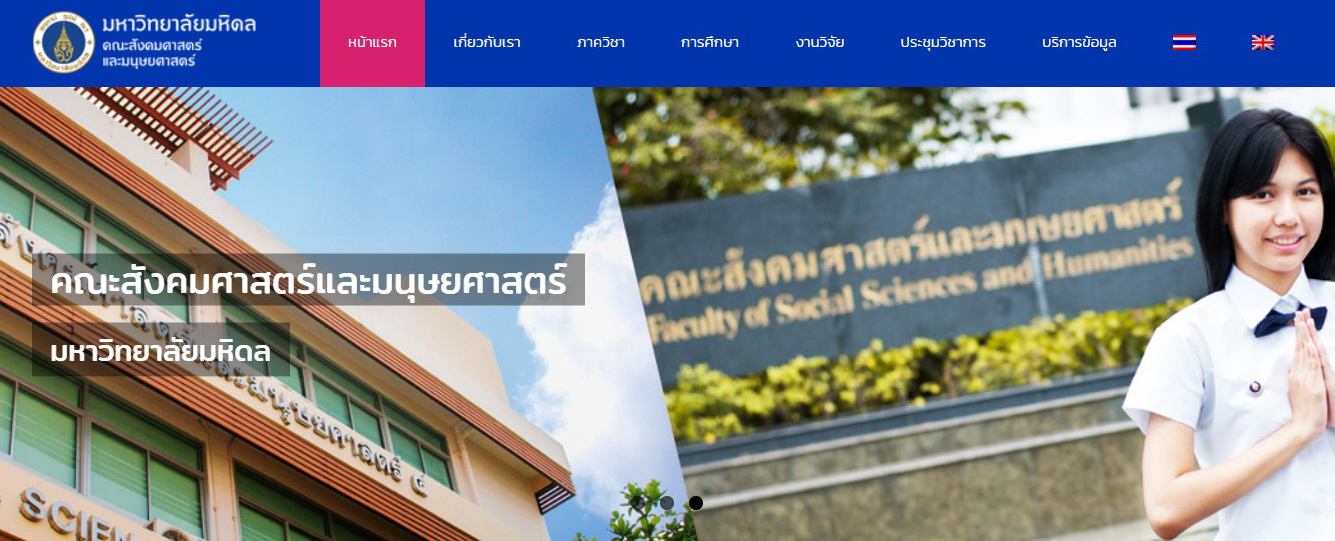การพัฒนาการตรวจสถานที่เกิดเหตุในเมืองมาปูโต ประเทศโมซัมบิก
คำสำคัญ:
การตรวจสถานที่เกิดเหตุ, หลักฐานทางนิติวิทยาศาสตร์, การพิสูจน์ความผิดในประเทศโมซัมบิกบทคัดย่อ
งานวิจัยนี้มีวัตถุประสงค์เพื่อพัฒนาการตรวจสถานที่เกิดเหตุผ่านการพิจารณาและเก็บรวมรวมหลักฐานทางนิติวิทยาศาสตร์ พนักงานสอบสวนที่มีประสบการณ์การทำงานในกรมสอบสวนคดีอย่างน้อยห้าปีขึ้นไปจำนวน 26 คนได้เข้าร่วมให้ข้อมูลในงานวิจัยนี้ ผู้วิจัยใช้วิธีการสัมภาษณ์แบบเจาะลึกและการสังเกตเพื่อเก็บข้อมูลวิจัย
ผลปรากฏว่าพนักงานสอบสวนขาดความรู้เรื่องนิติวิทยาศาสตร์ตั้งแต่กระบวนการสอบสวน การเก็บรวบรวมและระบุหลักฐานทางนิติวิทยาศาสตร์เพื่อเชื่อมโยงกับผู้ต้องสงสัย เหยื่อ และสถานที่เกิดเหตุ กระบวนการสอบสวนให้ความสำคัญกับประจักษ์พยานเพื่อการพิสูจน์ความผิดในชั้นศาลมากกว่าการเก็บรวบรวมหลักฐานที่น่าเชื่อถือทางนิติวิทยาศาสตร์ อุปสรรคในกระบวนการสอบสวนคือการขาดแคลนเทคโนโลยีที่ทันสมัยและงบประมาณในการพัฒนาการสอบสวน
ดังนั้นงานวิจัยนี้จึงมีข้อเสนอแนะให้พัฒนาความรู้เรื่องนิติวิทยาศาสตร์และเพิ่มงบประมาณในการพัฒนาการตรวจสถานที่เกิดเหตุเพื่อเพิ่มคุณค่าในเชิงพิสูจน์ต่อหลักฐานทางนิติวิทยาศาสตร์ในชั้นศาล
เอกสารอ้างอิง
Barash, M., Reshef, A., & Brauner, P. (2010). The use of adhesive tape for recovery of DNA from crime scene items. Journal of Forensic Sciences, 55, 4, 1058-64. January 01.
Bernard, H.R. (2002). Research Methods in Anthropology: Qualitative and quantitative methods. 3rd edition. AltaMira Press, Walnut Creek, California.
Edelman, G., van, L. T. G., & Aalders, M. C. G. (2012). Hyperspectral imaging for the age estimation of blood stains at the crime scene. Forensic Science International, 223, 72-77. (November 30, 2012).
Fish, Jacqueline Trinkle (2004). "The Evidence Does Not Lie: A Forensic Investigation Program to Bridge the Gaps Between Crime Scene Investigation and Forensic Science. " PhD diss., University of Tennessee, From: https://trace.tennessee.edu/utk_graddiss/2222
Jonathan A. Hughes & Monique Jonas (2015). Time and Crime: Cold-Case Investigation. Criminal Justice Ethics, Vol. 34, No. 1, 18-41. Routleddge
Law 2/2017. Creates the National Criminal Investigation Services
Lewis, J.L. & S.R.J. Sheppard (2006). Culture and com¬munication: can landscape visualization improve forest management consultation with indigenous communities? Landscape and Urban Planning 77:291–313.
Ministry of the Interior (2015). Statistical Tables on Criminal Situation, Maputo. From: https://noticias.mmo.co.mz/2016/06/indice-of-criminality-increased-year-by-cento.html#ixzz5JPsateBx
Margot P., & Lennard C. (1994). Fingerprint Detection Techniques: Université de Lausanne, 6th Edition.
Makrushin, A., Hildebrandt, M., Dittmann, J., Vielhauer, C., & Kiertscher, T. (2013). Visibility enhancement and validation of segmented latent fingerprints in crime scene forensics. Proceedings of Spie - the International Society for Optical Engineering, 8665.
Ragle, L. (2002). Crime Scene. New York, NY: Avon Books.
Ramsland, K. (2001). The Forensic Science of Crime Scene Investigation. New York: Berkley Boulevard Books.
Ramsland, K. (2004). The Science of Cold Case Files. The Berkley Publishing Group
Snow, R. L. (2005). Murder: Homicide and its Investigation. Westport, CT: Praeger Publishers.
Platt, R. (2003). Crime Scene: The Ultimate Guide to Forensic Science. New York, New York: DK Publishing, Inc.
The Commission on Human Rights (2005). Human Rights Resolution 2005/74. National Institutions for the Promotion and Protection of Human Rights.
U.S Department of Justice (2000). Crime Scene Investigation: A guide for Law Enforcement. Office of Justice Programs: National Institute of Justice
Van Oorschot R, Ballantyne KN, Mitchell RJ. (2010). Forensic trace DNA: a review. Investig Genet 2010;1(1):14.

ดาวน์โหลด
เผยแพร่แล้ว
รูปแบบการอ้างอิง
ฉบับ
ประเภทบทความ
สัญญาอนุญาต
สหศาสตร์: วารสารสังคมศาสตร์และมนุษยศาสตร์ ให้ความสำคัญกับการคุ้มครองลิขสิทธิ์และสิทธิของผู้นิพนธ์ในการเผยแพร่ผลงานวิชาการ โดยมีวัตถุประสงค์เพื่อส่งเสริมความโปร่งใส ความถูกต้องตามหลักวิชาการ และสอดคล้องกับแนวปฏิบัติสากล ทั้งนี้ วารสารกำหนดนโยบายดังต่อไปนี้
|
1. การยอมรับเงื่อนไขการเผยแพร่ - ผู้นิพนธ์ที่ส่งบทความเพื่อตีพิมพ์ ต้องปฏิบัติตามนโยบายและเงื่อนไขการเผยแพร่ของวารสารโดยเคร่งครัด - การส่งบทความถือเป็นการยอมรับให้นำบทความเข้าสู่กระบวนการพิจารณาและการเผยแพร่ตามมาตรฐานของวารสาร |
|
2. การโอนลิขสิทธิ์ - เมื่อบทความได้รับการตอบรับเพื่อตีพิมพ์ ผู้เขียนโอนลิขสิทธิ์ของบทความให้แก่วารสาร - วารสารมีสิทธิ์เผยแพร่ ทำซ้ำ และเผยแพร่บทความในทุกรูปแบบ ทั้งสิ่งพิมพ์ เว็บไซต์ และสื่อออนไลน์อื่น ๆ |
|
3. สิทธิ์ของผู้นิพนธ์หลังการโอนลิขสิทธิ์ - ผู้นิพนธ์ยังคงมีสิทธิ์ใช้บทความเพื่อวัตถุประสงค์ทางวิชาการ เช่น การสอน การวิจัยส่วนบุคคล การใช้ประกอบวิทยานิพนธ์ หรือการเผยแพร่ในแพลตฟอร์มที่ไม่ใช่เชิงพาณิชย์ - การนำบทความไปใช้เพื่อวัตถุประสงค์เชิงพาณิชย์ ต้องได้รับอนุญาตจากวารสารก่อนเป็นลายลักษณ์อักษร |
|
4. การเผยแพร่ภายใต้สัญญาอนุญาตสาธารณะ (Creative Commons License) - บทความทั้งหมดในวารสารจะเผยแพร่ภายใต้สัญญาอนุญาต Creative Commons Attribution-NonCommercial-NoDerivatives 4.0 International (CC BY-NC-ND 4.0) - บุคคลอื่นสามารถเผยแพร่หรือแบ่งปันบทความได้โดยต้องให้เครดิตแก่ผู้นิพนธ์ต้นฉบับ แต่ห้ามแก้ไข ดัดแปลง หรือใช้ในเชิงพาณิชย์ |
|
5. ความถูกต้องของเนื้อหาและการใช้สื่อจากบุคคลที่สาม - ผู้เขียนต้องรับรองว่าบทความที่ส่งเพื่อตีพิมพ์เป็นผลงานต้นฉบับของตนเอง ไม่ได้ส่งซ้ำซ้อน (duplicate submission) และไม่ละเมิดลิขสิทธิ์หรือคัดลอกผลงานของผู้อื่น รวมถึงไม่มีการปลอมแปลงข้อมูล การตีพิมพ์ซ้ำ หรือการกระทำใด ๆ ที่ขัดต่อหลักจริยธรรมทางวิชาการ - ผู้เขียนต้องรับผิดชอบในการขออนุญาตใช้สื่อจากบุคคลที่สาม เช่น ภาพ ตาราง หรือกราฟิก และต้องอ้างอิงหรือให้เครดิตอย่างถูกต้องน |
|
6. ข้อจำกัดความรับผิดชอบ (Disclaimer) - บทความที่ได้รับการตีพิมพ์ในวารสารสหศาสตร์: วารสารสังคมศาสตร์และมนุษยศาสตร์ถือเป็นลิขสิทธิ์ของวารสาร - ข้อความ ข้อมูล และข้อคิดเห็นที่ปรากฏในบทความเป็นความรับผิดชอบของผู้เขียนแต่ละท่านโดยตรง มิได้สะท้อนถึงทัศนะหรือจุดยืนของกองบรรณาธิการหรือหน่วยงานที่เกี่ยวข้อง - หากบทความมีข้อผิดพลาดหรือการละเมิดสิทธิ์ใด ๆ ความรับผิดชอบทั้งหมดเป็นของผู้เขียนแต่เพียงผู้เดียว - การนำบทความไปใช้ในเชิงพาณิชย์ ต้องได้รับอนุญาตเป็นลายลักษณ์อักษรจากบรรณาธิการวารสารก่อน ทั้งนี้ ผู้ขออนุญาตต้องจัดทำคำชี้แจงเกี่ยวกับวัตถุประสงค์และลักษณะการใช้งานอย่างชัดเจน การใช้บทความในเชิงพาณิชย์โดยไม่ได้รับอนุญาตถือเป็นความรับผิดชอบของผู้ใช้แต่เพียงผู้เดียว |




